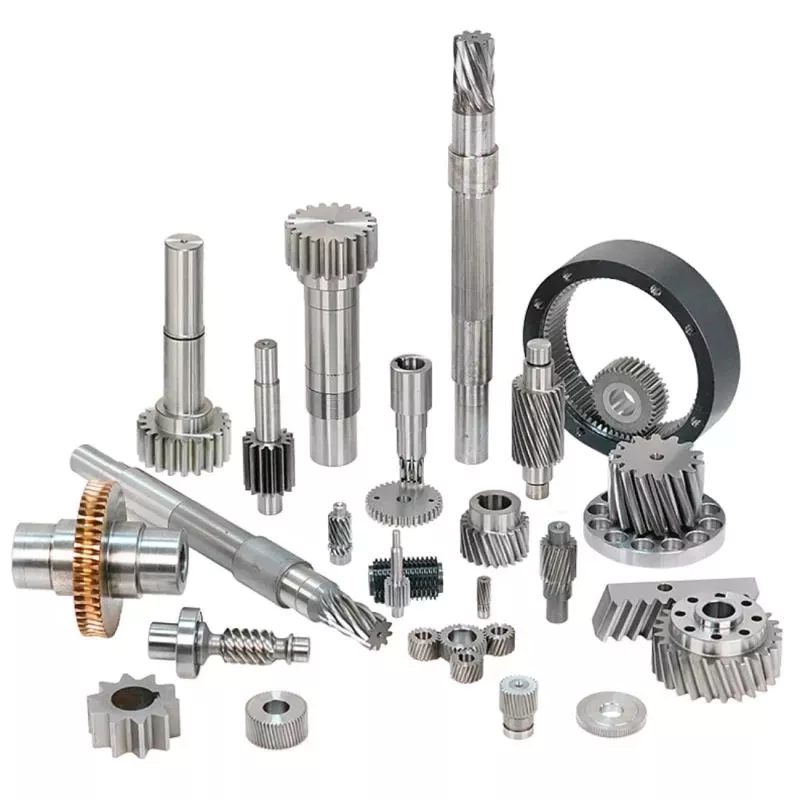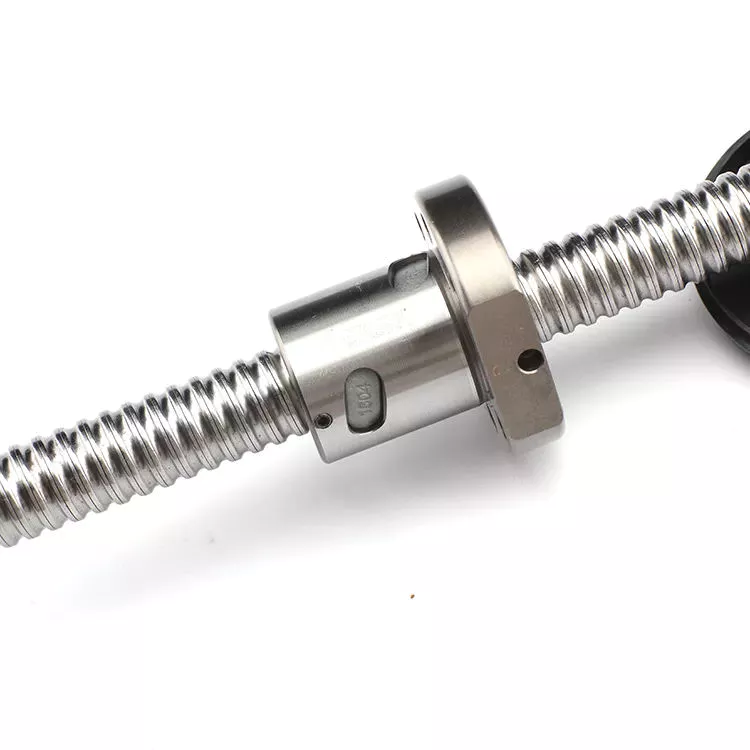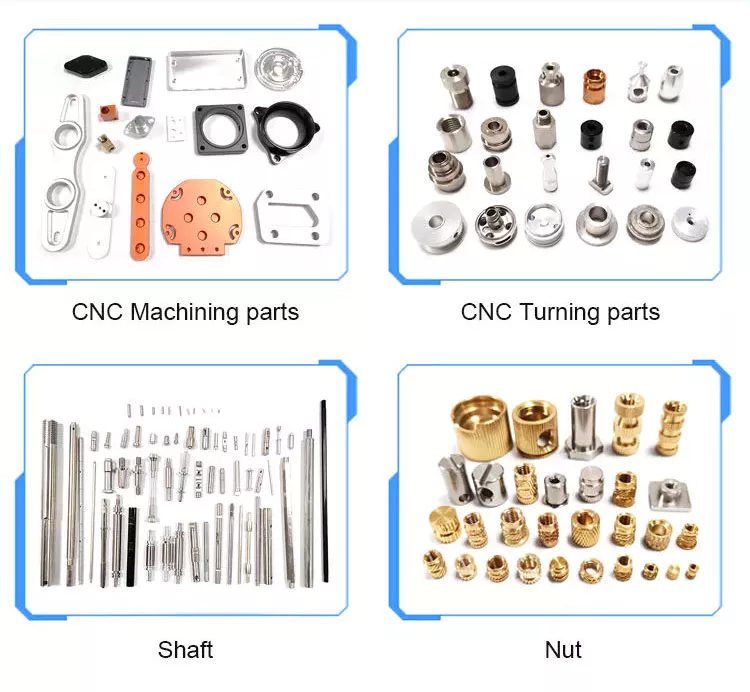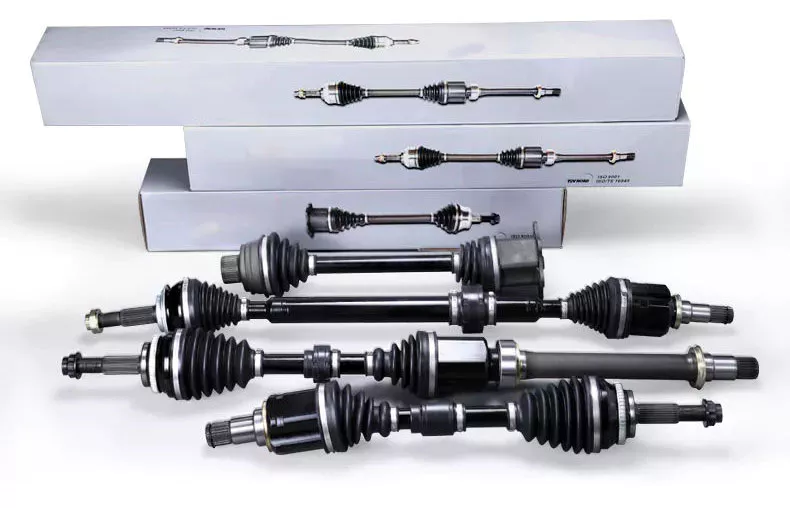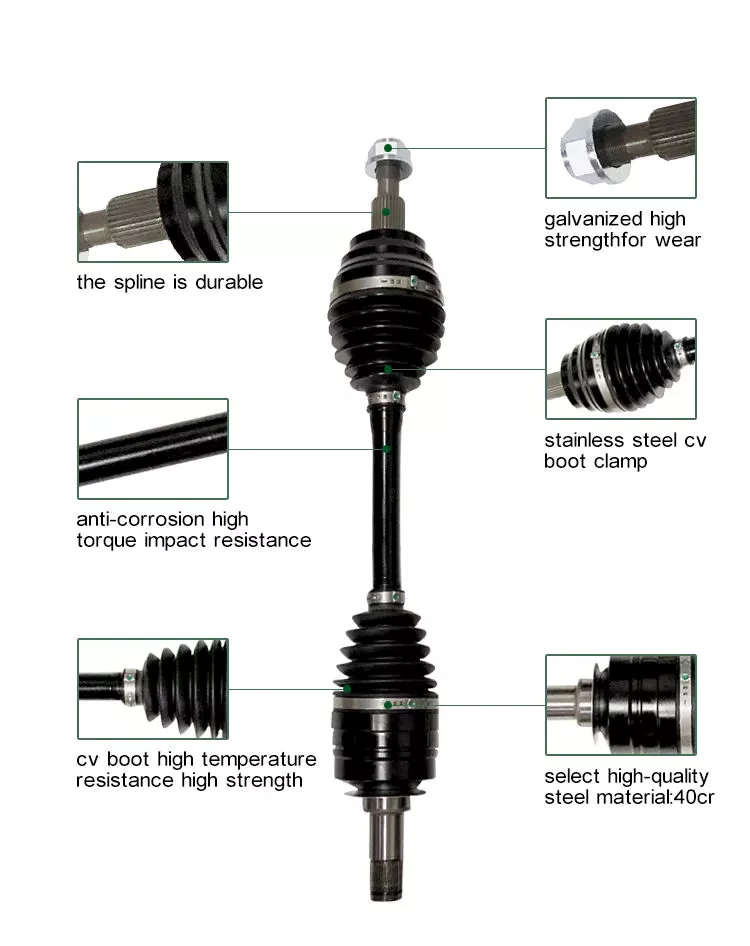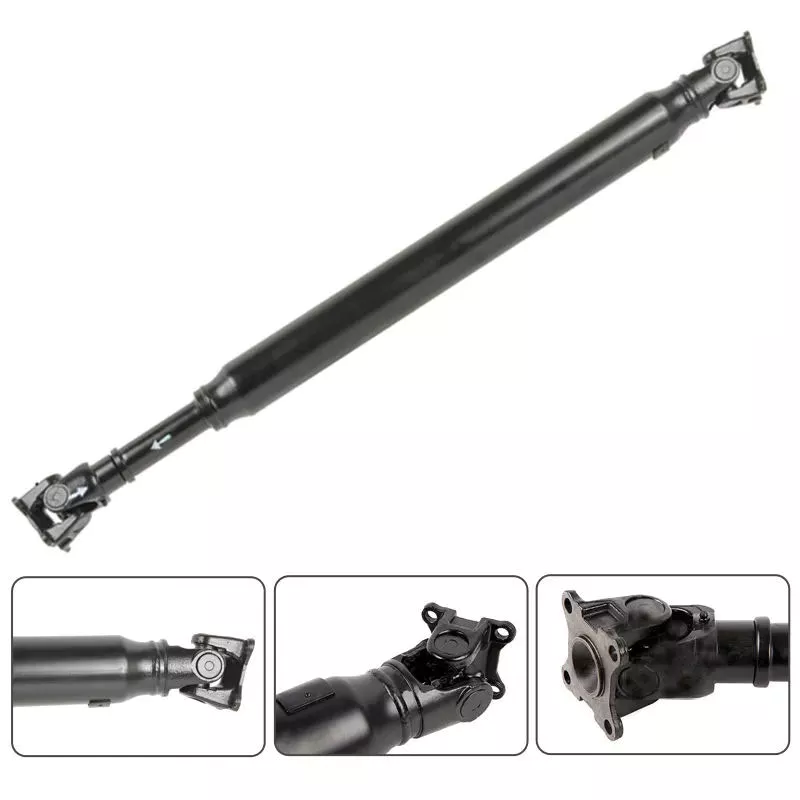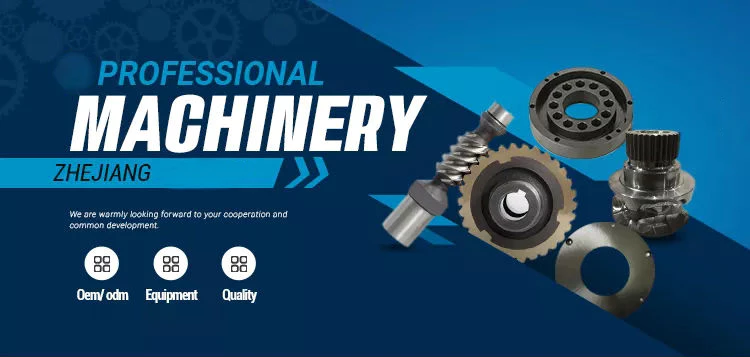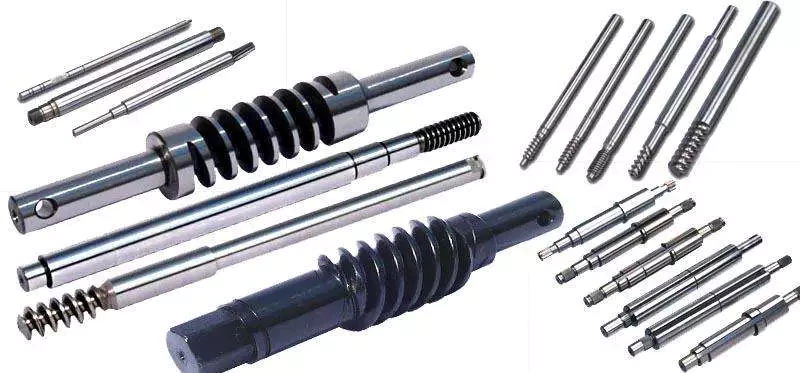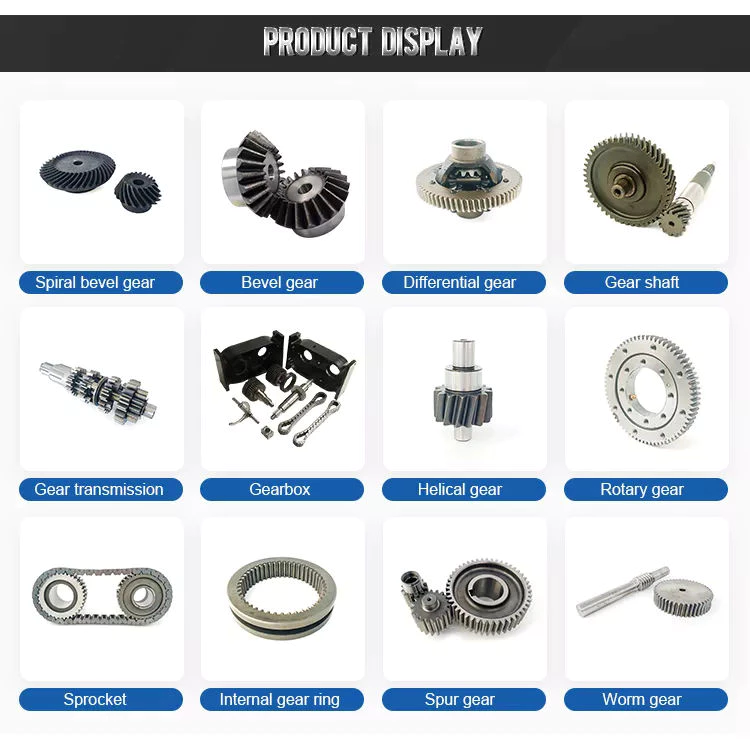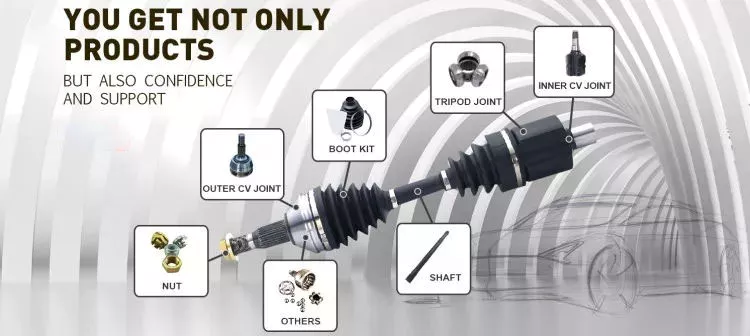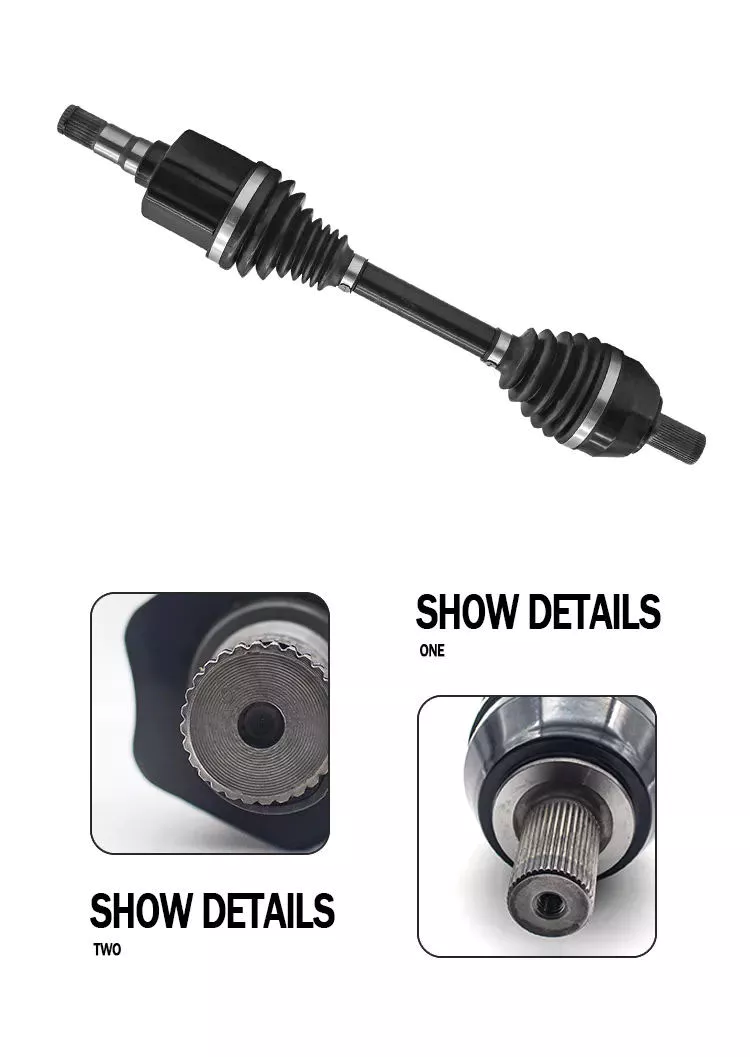Product Description
CNC Iron Sheet Metal Plate Stainless Steel Aluminum Plasma Cutting Machine
1.The Suitable material:
This plasma cutting machine can work on Iron Plate, Aluminum sheet,Galvanized Sheet Stainless,Titanium plates etc. metal sheet and metal pipe can both cutting.
2.The application industries:
Cars, motorcycles, pressure vessels, chemical machinery, nuclear industry, general machinery, engineering machinery, steel structure, shipbuilding and other industries.
| Model | USP plasma cutting machine |
| Power source | China JS /Xihu (West Lake) Dis. /Hypertherm |
| Control system | FL2300B control system With Arc Voltage device |
| Cutting speed | 0-15m/min(depending on material and thickness) |
| Transmission system | X, Y ZheJiang Hiwin high-precision, zero clearance increased linear guide+rack, Z the arc voltage control |
| Positioning accuracy | ±0.05mm |
| Processing accuracy | ±0.35mm |
| Power supply | AC380/50HZ |
| Software support | STARCAM software |
| Instruction format | G code |
| Working table | Serrate working platform |
| Working pressure | 0.65-0.7Mpa |
| Brand | Power | max cutting thickness for carbon steel(mm) | Max cutting thickness for stainless steel (mm) |
| China JS-POWER Supply | 100A | 20 | 10 |
| 130A | 30 | 15 | |
| 200A | 40 | 20 | |
| 300A | 45 | 23 | |
| 400A | 50 | 25 | |
| M-199 | 36 | 18 | |
| USA Hpertherm power supply | 45A | 8 | 5 |
| 65A | 12 | 8 | |
| 85A | 15 | 10 | |
| 105A | 25 | 16 | |
| 125A | 30 | 20 | |
| 130A | 45 | 30 |
1. Our machine adopt the iron cast heavy duty body frame, can ensure the machine whole working precision ,The cutting incision is thin and tidily and can avoid the second processing.
2. Water tank working table can be effectively absorb a large amount of smoke generated during the work.
3. ZheJiang FL control system with the water mist function, it can ensure the cutting effect , ensure no black color on the cutting edge. especially for the stainless steel and aluminum
4. All of our metal plasma cutting machine with the bigger up-down device system .
1. Warranty
24 Months warranty for this plasma cutting machine.Our customer will be fully trained for the operation and maintaining
technology after the order confirmed.Our engineer could train you on at our factory for free hour full after sales service our skilled engineer will help customer to solve the problem by MSN, SKYPE, QQ etc in time when problems happen, if necessary, overseas service is available.
2.Quality Control
Skilled and strict Quality Inspection Team is available during the material purchasing and production procedure.All finished machine we delivered are 100% strictly tested by our QC department and engineering department.
3.Payment terms
30% T/T paid in advance as deposit, the balance paid before shipment.
| Delivery Time |
Within 15 working days for production after getting the payment |
| Warranty Time |
2 years (replace parts during warranty no human reason) |
| Packaging | Firstly, Packed the machine with plastic sheet for clearing and damp proofing, Secondly, Then put machine in the plywood case for saftey and clashing. Thirdly, Transport the plywood case into the container. |
QI: know nothing about the metal plasma cutting machine , what kind of machine I should choose?
Very easy to choose.
Just tell us what you want to do using this plasma machine. And sending us a sample picture is better. Then we will send
you a perfect solutions and suggestions.
Q2: When I get this machine, but I don’t know how to use it. What should i do?We will send you the English manual and CD video for machine using and maintaining with machine. If you still have some doubts, we can talk by telephone or . Our engineer can also be sent to your country to install or adjust machine if
necessary.
Q3:if some problems happened to this cnc plasma cutting machine during warranty period, what should i do?
We will supply free parts for this machine during the warranty period if machine have any problems.We also supply free afterservice forever. So any doubts, just let us know, we will give you solutions within 30 min.
Any interested, Welcome inquiry anytime!
How to Choose the Right Worm Shaft
You might be curious to know how to choose the right Worm Shaft. In this article, you will learn about worm modules with the same pitch diameter, Double-thread worm gears, and Self-locking worm drive. Once you have chosen the proper Worm Shaft, you will find it easier to use the equipment in your home. There are many advantages to selecting the right Worm Shaft. Read on to learn more.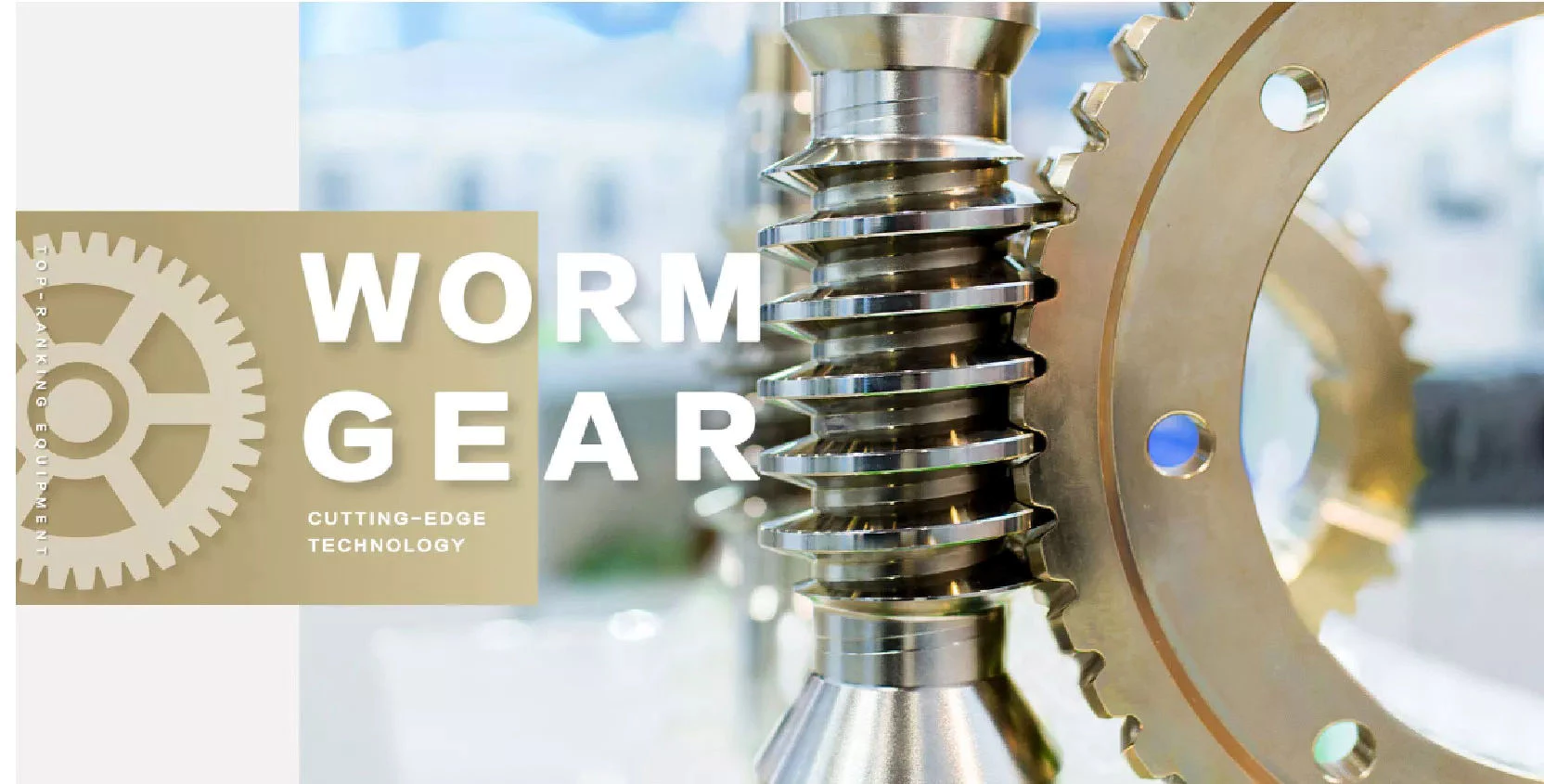
Concave shape
The concave shape of a worm’s shaft is an important characteristic for the design of a worm gearing. Worm gearings can be found in a wide range of shapes, and the basic profile parameters are available in professional and firm literature. These parameters are used in geometry calculations, and a selection of the right worm gearing for a particular application can be based on these requirements.
The thread profile of a worm is defined by the tangent to the axis of its main cylinder. The teeth are shaped in a straight line with a slightly concave shape along the sides. It resembles a helical gear, and the profile of the worm itself is straight. This type of gearing is often used when the number of teeth is greater than a certain limit.
The geometry of a worm gear depends on the type and manufacturer. In the earliest days, worms were made similar to simple screw threads, and could be chased on a lathe. During this time, the worm was often made with straight-sided tools to produce threads in the acme plane. Later, grinding techniques improved the thread finish and reduced distortions resulting from hardening.
When a worm gearing has multiple teeth, the pitch angle is a key parameter. A greater pitch angle increases efficiency. If you want to increase the pitch angle without increasing the number of teeth, you can replace a worm pair with a different number of thread starts. The helix angle must increase while the center distance remains constant. A higher pitch angle, however, is almost never used for power transmissions.
The minimum number of gear teeth depends on the angle of pressure at zero gearing correction. The diameter of the worm is d1, and is based on a known module value, mx or mn. Generally, larger values of m are assigned to larger modules. And a smaller number of teeth is called a low pitch angle. In case of a low pitch angle, spiral gearing is used. The pitch angle of the worm gear is smaller than 10 degrees.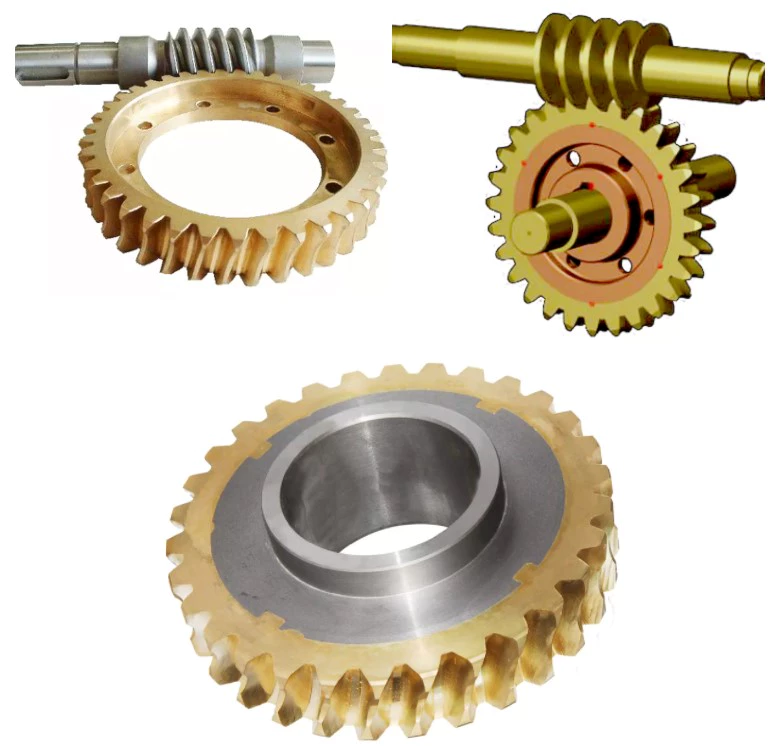
Multiple-thread worms
Multi-thread worms can be divided into sets of one, two, or 4 threads. The ratio is determined by the number of threads on each set and the number of teeth on the apparatus. The most common worm thread counts are 1,2,4, and 6. To find out how many threads you have, count the start and end of each thread and divide by two. Using this method, you will get the correct thread count every time.
The tangent plane of a worm’s pitch profile changes as the worm moves lengthwise along the thread. The lead angle is greatest at the throat, and decreases on both sides. The curvature radius r” varies proportionally with the worm’s radius, or pitch angle at the considered point. Hence, the worm leads angle, r, is increased with decreased inclination and decreases with increasing inclination.
Multi-thread worms are characterized by a constant leverage between the gear surface and the worm threads. The ratio of worm-tooth surfaces to the worm’s length varies, which enables the wormgear to be adjusted in the same direction. To optimize the gear contact between the worm and gear, the tangent relationship between the 2 surfaces is optimal.
The efficiency of worm gear drives is largely dependent on the helix angle of the worm. Multiple thread worms can improve the efficiency of the worm gear drive by as much as 25 to 50% compared to single-thread worms. Worm gears are made of bronze, which reduces friction and heat on the worm’s teeth. A specialized machine can cut the worm gears for maximum efficiency.
Double-thread worm gears
In many different applications, worm gears are used to drive a worm wheel. These gears are unique in that the worm cannot be reversed by the power applied to the worm wheel. Because of their self-locking properties, they can be used to prevent reversing motion, although this is not a dependable function. Applications for worm gears include hoisting equipment, elevators, chain blocks, fishing reels, and automotive power steering. Because of their compact size, these gears are often used in applications with limited space.
Worm sets typically exhibit more wear than other types of gears, and this means that they require more limited contact patterns in new parts. Worm wheel teeth are concave, making it difficult to measure tooth thickness with pins, balls, and gear tooth calipers. To measure tooth thickness, however, you can measure backlash, a measurement of the spacing between teeth in a gear. Backlash can vary from 1 worm gear to another, so it is important to check the backlash at several points. If the backlash is different in 2 places, this indicates that the teeth may have different spacing.
Single-thread worm gears provide high speed reduction but lower efficiency. A multi-thread worm gear can provide high efficiency and high speed, but this comes with a trade-off in terms of horsepower. However, there are many other applications for worm gears. In addition to heavy-duty applications, they are often used in light-duty gearboxes for a variety of functions. When used in conjunction with double-thread worms, they allow for a substantial speed reduction in 1 step.
Stainless-steel worm gears can be used in damp environments. The worm gear is not susceptible to rust and is ideal for wet and damp environments. The worm wheel’s smooth surfaces make cleaning them easy. However, they do require lubricants. The most common lubricant for worm gears is mineral oil. This lubricant is designed to protect the worm drive.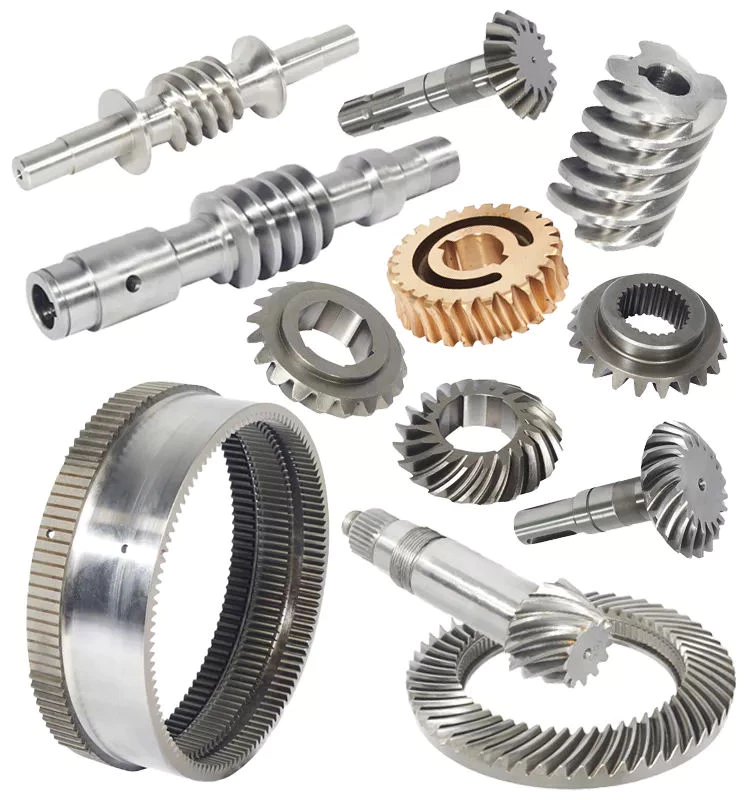
Self-locking worm drive
A self-locking worm drive prevents the platform from moving backward when the motor stops. A dynamic self-locking worm drive is also possible but does not include a holding brake. This type of self-locking worm drive is not susceptible to vibrations, but may rattle if released. In addition, it may require an additional brake to keep the platform from moving. A positive brake may be necessary for safety.
A self-locking worm drive does not allow for the interchangeability of the driven and driving gears. This is unlike spur gear trains that allow both to interchange positions. In a self-locking worm drive, the driving gear is always engaged and the driven gear remains stationary. The drive mechanism locks automatically when the worm is operated in the wrong manner. Several sources of information on self-locking worm gears include the Machinery’s Handbook.
A self-locking worm drive is not difficult to build and has a great mechanical advantage. In fact, the output of a self-locking worm drive cannot be backdriven by the input shaft. DIYers can build a self-locking worm drive by modifying threaded rods and off-the-shelf gears. However, it is easier to make a ratchet and pawl mechanism, and is significantly less expensive. However, it is important to understand that you can only drive 1 worm at a time.
Another advantage of a self-locking worm drive is the fact that it is not possible to interchange the input and output shafts. This is a major benefit of using such a mechanism, as you can achieve high gear reduction without increasing the size of the gear box. If you’re thinking about buying a self-locking worm gear for a specific application, consider the following tips to make the right choice.
An enveloping worm gear set is best for applications requiring high accuracy and efficiency, and minimum backlash. Its teeth are shaped differently, and the worm’s threads are modified to increase surface contact. They are more expensive to manufacture than their single-start counterparts, but this type is best for applications where accuracy is crucial. The worm drive is also a great option for heavy trucks because of their large size and high-torque capacity.


